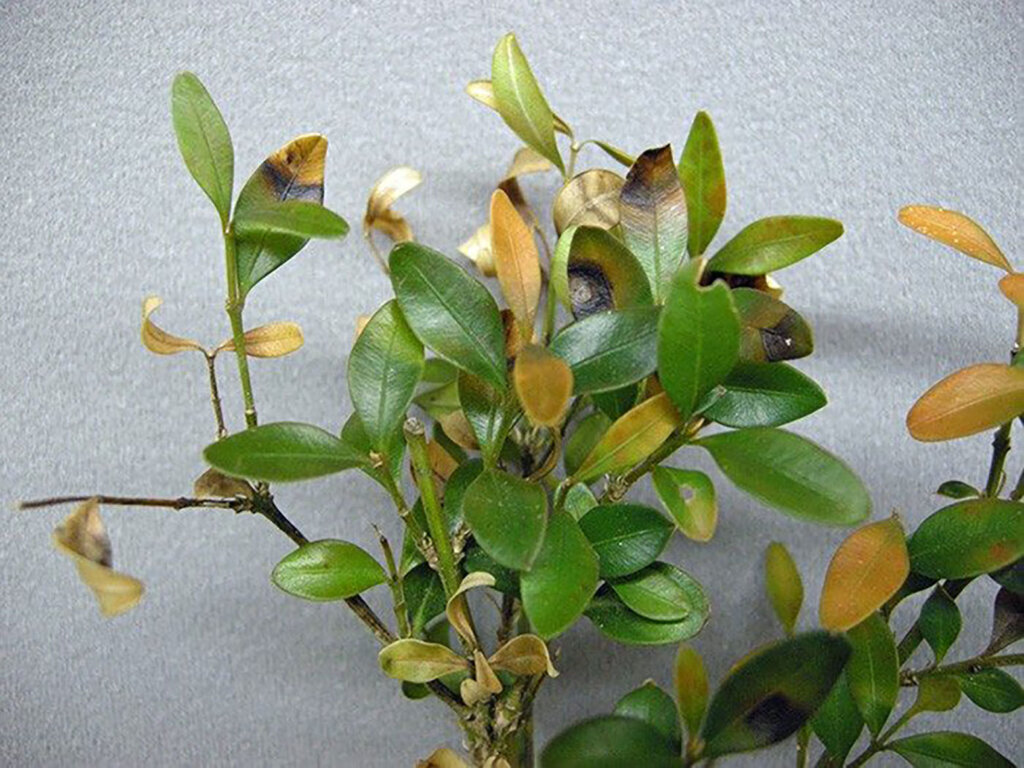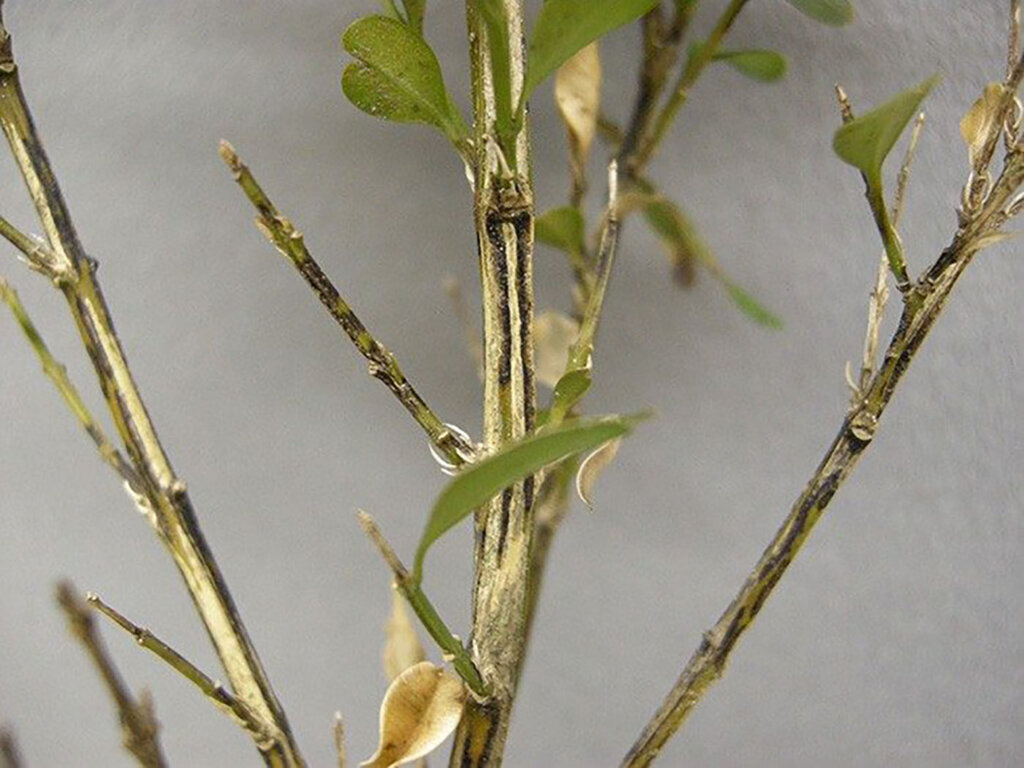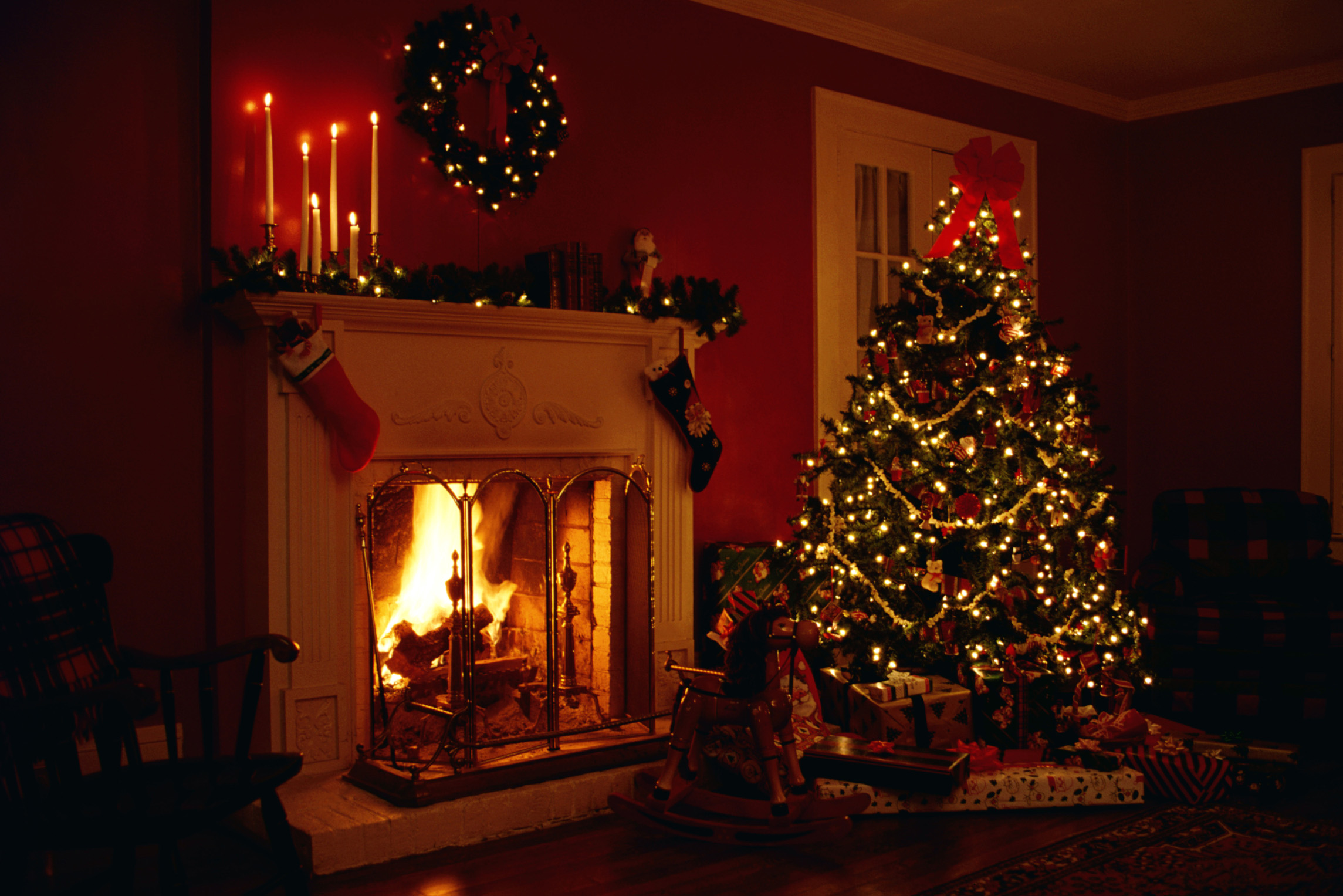With the Christmas weekend over, you may be getting ready to toss out all the holiday greenery to make a clean start for the new year. But not all of those plants should be put in a pile by the road.
During the holidays, a good number of plant-made decorations include boxwood. While the decoration looks good, it may be harboring boxwood blight, a disease that can spread to other plants in your yard if you don’t dispose of it properly.
“If you discard it — especially near boxwood plants in your yard — when the temperatures warm up again, the fungus could potentially spread to those susceptible boxwood [plants],” said Mary Ann Hansen, an extension plant pathologist with Virginia Tech.
One woman told Hansen a story about disposing of a holiday boxwood wreath on the compost pile.
“They had a long hedge of susceptible English boxwood that went right up to the compost pile. She could see the disease ultimately spreading down that hedge and destroying the whole hedge,” said Hansen.
There are signs for spotting boxwood blight. If the disease is active, you should be able to see circular tan leaf spots with a dark border.

But the disease also causes leaves to drop off, so the infected leaves might have already fallen off the stems.
“Often, on infected plants, you’ll see black streaks on the young green stems. So, if you see those black streaks, those are definitely a red flag for boxwood blight. Sometimes you can see the symptoms,” Hansen said.

But it’s better safe than sorry, she said. Discard any greenery containing boxwood in a double bag — with one bag inside the other — and make sure that it gets to the landfill with the rest of your household trash.
Don’t leave it lying around the yard in cull piles from which the fungus could spread.
“You want to make sure you are not discarding your greenery with your Christmas tree on the side of the road open to the air, because the spores could spread. But, more importantly, the dead infected leaves could spread from that,” said Hansen.








